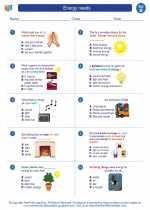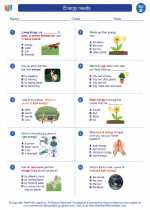Glacial Erosion
Glacial erosion is the process by which glaciers shape and modify the landscape through the movement and abrasion of ice and snow. This process involves a combination of several different types of erosion, including plucking, abrasion, and quarrying.
Types of Glacial Erosion
- Plucking: This occurs when glaciers pick up rocks and sediments as they move across the land. The movement of the glacier causes the rocks to be pulled from the ground, which can create deep cavities in the landscape.
- Abrasion: As glaciers move, they scrape and grind against the bedrock, wearing it down over time. This can create smooth, polished surfaces and leave behind striations, or grooves, in the rock.
- Quarrying: Glaciers can also break off large pieces of rock from the landscape, carrying them along as the glacier advances. This process can lead to the formation of deep valleys and fjords.
Features Created by Glacial Erosion
Glacial erosion can create a variety of distinctive landforms, including:
- U-shaped valleys: These valleys are carved out by the movement of glaciers and have a characteristic U shape, with steep, straight sides and a flat bottom.
- Arêtes and horns: These are sharp, jagged ridges and peaks formed by the erosion of multiple glaciers converging in the same area.
- Cirques: These are bowl-shaped depressions carved out by glaciers at the head of a valley.
- Fjords: Glacial erosion can create deep, narrow inlets with steep sides that are flooded by the sea.
Study Guide
When studying glacial erosion, it's important to understand the processes involved and the landforms that result from these processes. Be sure to familiarize yourself with the vocabulary associated with glacial erosion, such as plucking, abrasion, quarrying, and the various landforms created, including U-shaped valleys, arêtes, horns, cirques, and fjords.
It can also be helpful to study the impact of glacial erosion on the environment and how it has shaped the landscapes we see today. Additionally, understanding the role of glaciers in the water cycle and their significance in shaping the Earth's surface is essential for a comprehensive understanding of glacial erosion.
Finally, practicing identifying and interpreting glacial landforms through maps, diagrams, and real-world examples can help reinforce your understanding of the topic.
.◂Science Worksheets and Study Guides Second Grade. Energy needs

 Worksheet/Answer key
Worksheet/Answer key
 Worksheet/Answer key
Worksheet/Answer key
 Worksheet/Answer key
Worksheet/Answer key
